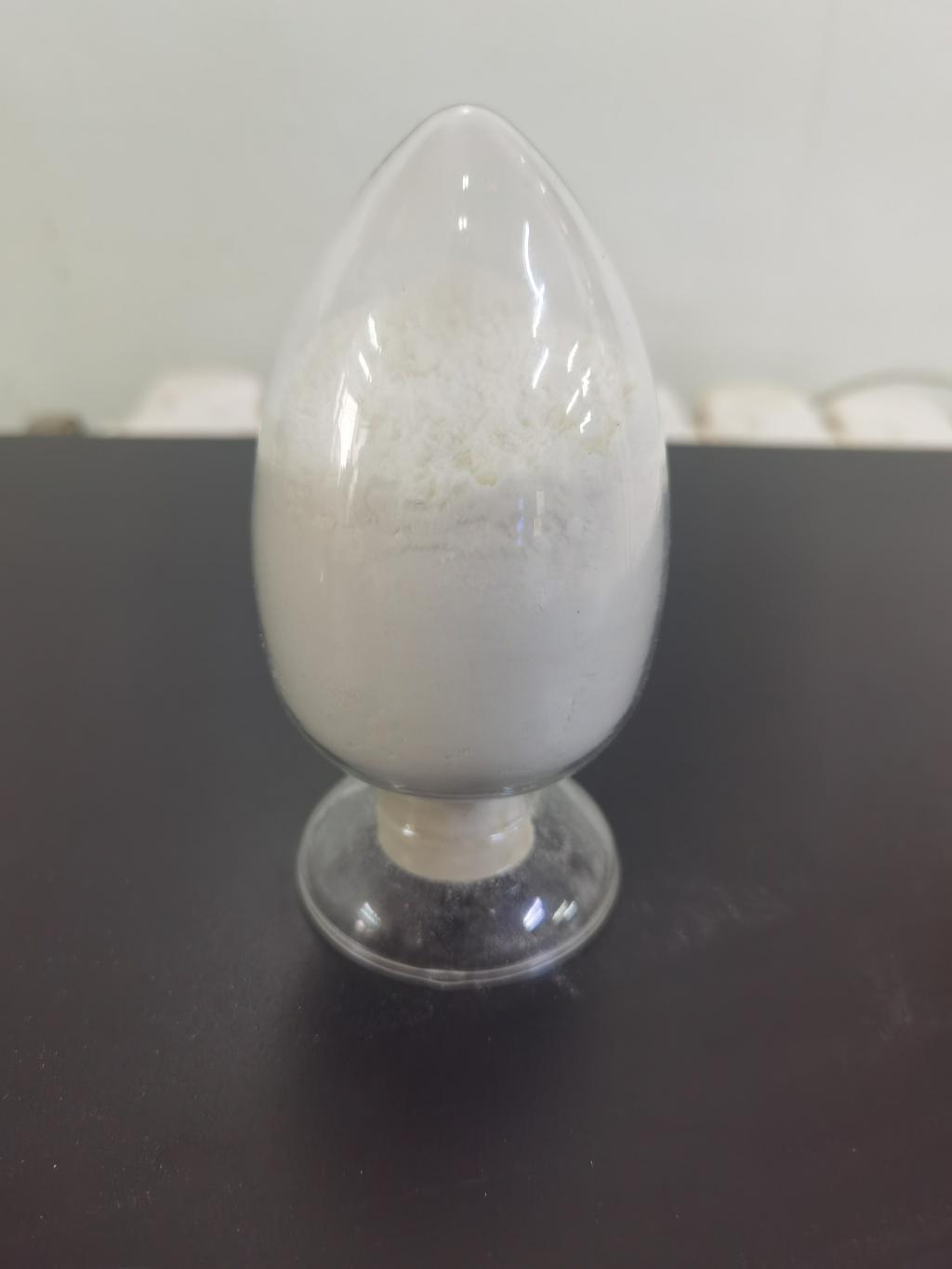Tel:+8618231198596

News
 CONTACT
CONTACT
 CONTACT
CONTACT
- Linkman:Linda Yao
- Tel: +8618231198596
- Email:linda.yao@dcpharma.cn
- Linkman:CHARLES.WANG
- Department:Overseas
- Tel: 0086 0311-85537378 0086 0311-85539701
News
Sustainable Textile Dyeing: ε-Polylysine Hydrochloride's Contribution to Environmental Stewardship
TIME:2024-03-18
The Environmental Impact of Conventional Textile Dyeing:
Conventional textile dyeing processes rely heavily on synthetic dyes and chemical additives, many of which are toxic to the environment and human health. These chemicals can contaminate waterways, soil, and air, posing risks to aquatic ecosystems and communities living near textile manufacturing facilities. Moreover, textile dyeing consumes vast quantities of water and energy, further exacerbating its environmental impact. The need for more sustainable alternatives to traditional dyeing methods is evident to mitigate these adverse effects.
ε-Polylysine Hydrochloride: An Introduction:
ε-Polylysine hydrochloride is a natural antimicrobial compound produced by certain strains of bacteria. It is composed of multiple lysine residues linked together, giving it antimicrobial properties against a wide range of bacteria, fungi, and yeasts. ε-Polylysine hydrochloride is biodegradable, non-toxic, and generally recognized as safe (GRAS) for use in food and pharmaceutical applications. Its safety profile and antimicrobial efficacy make it an attractive candidate for sustainable textile dyeing.
Sustainable Textile Dyeing with ε-Polylysine Hydrochloride:
The application of ε-polylysine hydrochloride in textile dyeing offers several advantages over conventional dyeing processes. Firstly, ε-polylysine hydrochloride can act as a natural dye itself, imparting color to textiles without the need for synthetic dyes. This eliminates the use of harmful chemicals and reduces the environmental impact of dyeing processes. Additionally, ε-polylysine hydrochloride exhibits antimicrobial properties, which can help prevent bacterial and fungal growth on textiles, reducing the need for additional antimicrobial treatments and enhancing fabric durability.
Benefits for Water and Energy Conservation:
The adoption of ε-polylysine hydrochloride in textile dyeing can also contribute to water and energy conservation. Unlike conventional dyeing processes that require extensive rinsing to remove excess dye and chemicals, ε-polylysine hydrochloride dyeing may require fewer rinse cycles due to its biodegradability and low toxicity. This results in reduced water consumption and wastewater generation, leading to significant environmental savings. Moreover, the use of ε-polylysine hydrochloride as a dyeing agent may require lower dyeing temperatures, further reducing energy consumption and greenhouse gas emissions associated with textile manufacturing.
Compatibility with Sustainable Textile Practices:
ε-Polylysine hydrochloride aligns with broader initiatives aimed at promoting sustainability and transparency within the textile industry. As consumer demand for eco-friendly and ethically produced textiles continues to rise, ε-polylysine hydrochloride offers textile manufacturers a natural and renewable alternative to synthetic dyes and chemical treatments. Its biodegradability and non-toxic nature make it suitable for use in eco-friendly and organic textile products, appealing to environmentally conscious consumers.
Future Directions and Challenges:
While ε-polylysine hydrochloride shows promise as a sustainable alternative for textile dyeing, further research and development are needed to optimize its performance and scalability. Challenges such as colorfastness, dye penetration, and cost-effectiveness must be addressed to facilitate wider adoption by the textile industry. Additionally, regulatory considerations and consumer acceptance may influence the commercialization of ε-polylysine hydrochloride as a dyeing agent. Collaborative efforts between researchers, textile manufacturers, and regulatory agencies will be essential to overcome these challenges and realize the full potential of ε-polylysine hydrochloride in sustainable textile dyeing.
Conclusion:
ε-Polylysine hydrochloride holds significant promise as a sustainable solution for textile dyeing, offering environmental benefits such as reduced chemical use, water conservation, and energy efficiency. By harnessing the antimicrobial properties of ε-polylysine hydrochloride, textile manufacturers can achieve vibrant colors and enhanced fabric durability without compromising environmental stewardship. As the textile industry continues to prioritize sustainability, ε-polylysine hydrochloride emerges as a valuable tool for promoting responsible and eco-friendly textile production practices.
- Tel:+8618231198596
- Whatsapp:18231198596
- Chat With Skype







